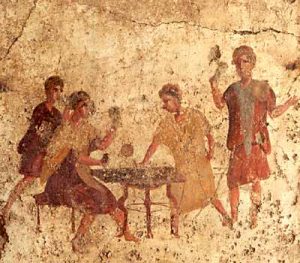


Although their skeletal remains often dominate regional zooarchaeological collections and ethnographic records across the American West detail the importance of Lepus to native peoples, many studies of human subsistence productivity consider these mammals to be a low-ranked resource. Hares (Lepus spp) have been common residents of Great Basin valley bottoms and piedmonts throughout the late Pleistocene and Holocene. We propose that the interrelationship between landscape engineering and increased political-economic complexity reduces the magnitude of population collapses in a region. Contrary to the hypothesis, these societies also experienced the least severe population declines. Agricultural societies that relied on extensive landscape engineering to intensify production and tightly control variability in the production of food experienced the most stability. Our results partially support this hypothesis. However, increased population stability may come with the cost of larger collapses in response to rare, large-scale environmental perturbations. Here, we use archaeological radiocarbon records to evaluate a hypothesis drawn from resilience thinking that may explain the stability of human populations: Faced with long-term increases in population density, greater variability in the production of food leads to less stable populations, while lower variability leads to more stable populations. Explaining the stability of human populations provides knowledge for understanding the resilience of human societies to environmental change.


 0 kommentar(er)
0 kommentar(er)
